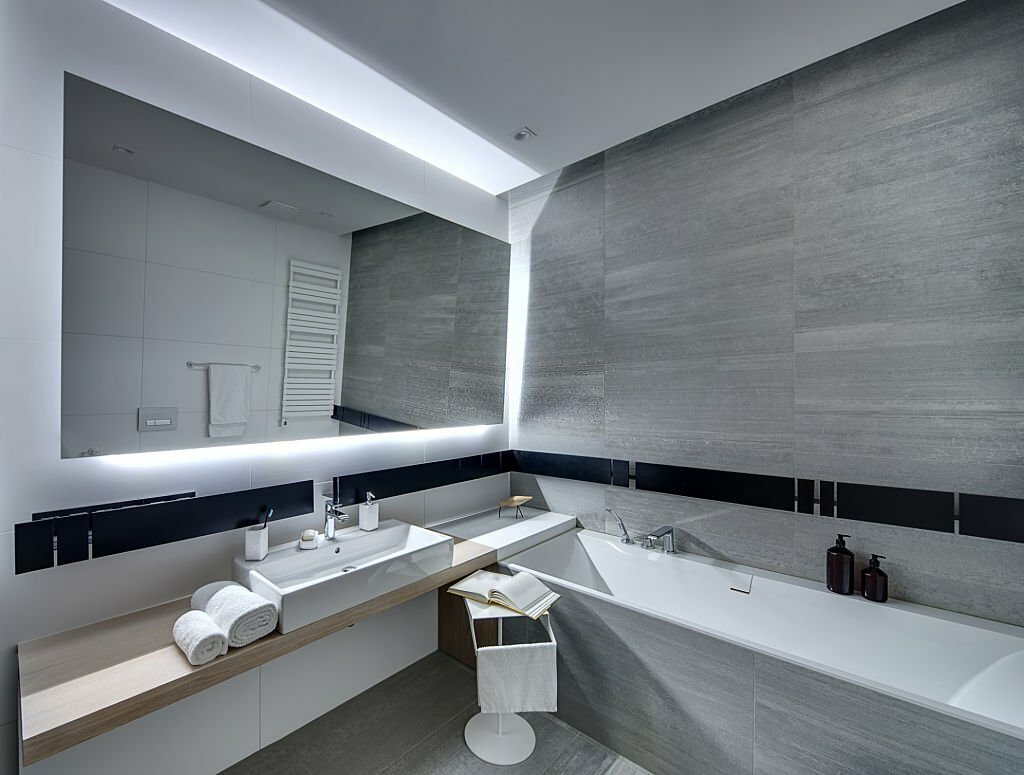Introduction
The integration of smart home technology brings convenience and efficiency to everyday life. LED mirrors, with their advanced features, are increasingly becoming a part of this interconnected ecosystem. This article explores how LED mirrors can be integrated with other smart home devices for a seamless and enhanced living experience.
- The Evolution of Smart Home Technology
Smart home technology has rapidly evolved, encompassing a wide range of devices that work together to automate and simplify home management. LED mirrors are a natural addition to this ecosystem, offering both functionality and aesthetic appeal.
- LED Mirrors as a Part of the Smart Bathroom
In the context of smart bathrooms, LED mirrors can sync with other devices for a cohesive experience. This includes integration with smart lighting systems, digital assistants, and even smart showers and faucets for a fully automated bathroom environment.
- Voice-Controlled LED Mirrors
Many LED mirrors now come with voice control capabilities, allowing them to be integrated with digital assistants like Amazon Alexa or Google Assistant. This enables users to adjust mirror settings, control lighting, and access other smart features hands-free.
- Synchronization with Smart Lighting Systems
LED mirrors can be connected to smart lighting systems, allowing for synchronized lighting adjustments. This means the mirror’s lighting can change in harmony with the room's lighting, creating the perfect ambiance for different times of the day or specific tasks.
- Connectivity with Smart Health Devices
In wellness-focused smart homes, LED mirrors can connect with health-monitoring devices, displaying health stats and reminders. For instance, a mirror could show your weight from a smart scale or remind you of your fitness goals.
- Integration with Home Automation Platforms
By integrating LED mirrors into broader home automation platforms, they can be part of automated routines. For example, a morning routine could include gradually increasing the mirror's light as part of a wake-up sequence.
- Customization Through Mobile Apps
Many LED mirrors offer customization through dedicated mobile apps. These apps can sync with other smart home apps, allowing users to control various aspects of their home environment from a single interface.
- Enhancing Safety and Security
Integration with home security systems is another avenue. LED mirrors could display alerts from security cameras or smart doorbells, adding an extra layer of security and convenience.
- Challenges in Integration
While integrating LED mirrors with other smart devices offers numerous benefits, it can also present challenges, such as compatibility issues and the complexity of setup. Choosing devices that are compatible with standard smart home protocols can help mitigate these challenges.
- The Future of Smart Home Integration
As technology advances, the potential for even more sophisticated integration increases. Future LED mirrors could feature augmented reality, advanced health diagnostics, and deeper integration with home systems, further enhancing the smart home experience.
Conclusion
Integrating LED mirrors with other smart home devices opens up a realm of possibilities for convenience, efficiency, and personalization in home management. As part of the smart home ecosystem, LED mirrors can significantly enhance daily routines and contribute to a more connected, automated living experience. For those looking to integrate cutting-edge technology into their homes, consider exploring the range of smart LED mirrors available on our website at ledmirrorworld.com.au, which are designed to seamlessly blend with your smart home setup.

